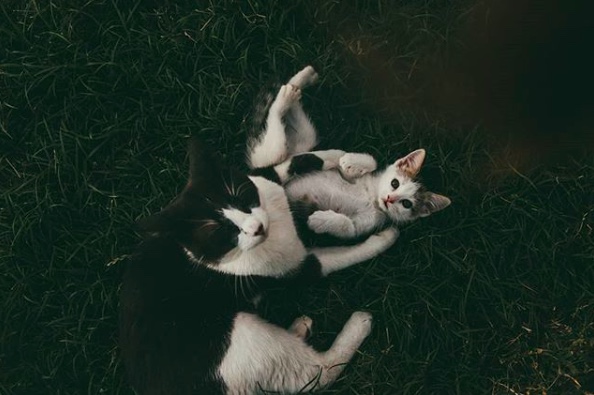
In response to requests Tempe officials say they have received from residents, a limited pilot program has been launched in four neighborhoods—Pepperwood, Kiwanis, Brentwood Cavalier and Tempe Gardens—to provide education, best-practice suggestions and colony management of feral cats.
The program, also aimed at reducing the negative impact such cats can have on a neighborhood, currently is open only to residents living in those specific areas, according to the report.
For neighborhoods participating in the pilot initiative, local rescue organizations have agreed to provide trap-neuter-return, or TNR, services for the entire local colony.
In 2017, according to the announcement, a city’s agreement with Animal Defense League of Arizona created a Tempe-specific donation fund that included TNR programs.
The city’s report indicates 223 cats were processed through the TNR process; 236 were taken to clinics, 13 of them previously sterilized and one returned to its owner because it was microchipped.
Of the cats involved, the report listed 107 males and 116 females.
An online update on the TNR program says that Tempe residents have voiced concerns about outdoor cat colonies and the issues that arise as a result, including fighting, howling or spraying; animal waste; kittens; and attracting unwanted wildlife, among others.
The pilot TNR project TNR involves the humane capture of feral cats, followed by spaying and neutering, then returning them to the same place where they were captured.
According to the city’s report, TNR is becoming recognized as the most effective approach to decreasing free-roaming cat populations. Because free-roaming cats are sterilized in large numbers, the process is said to reduce the number of kittens born and, over time, reduce the size of a community’s free-roaming cat population.
It also results in a decreased flow of cats and kittens to local shelters, helping to lessen overcrowding. In addition, they say, shelters save costs and staff time because fewer cats need to be housed, euthanized and disposed of afterwards.
An additional result of the city’s TNR program, say officials, is that cats are returned to their original territory rather than released in any location. If placed in unfamiliar territory, free-roaming cats may try to go back to their established colony and become lost. Also, releasing cats at a location where they will not necessarily be provided with ongoing care may be considered a form of abandonment.
The city of Tempe will not be providing these services, but will refer all feral cat complaints to ADLA, a local 501(c)(3) nonprofit.
Residents or businesses can donate to the Tempe-specific fund by contacting the ADLA at 602-265-7729, ext. 101, or clandwerth@adlaz.org.
For more information, contact Tempe 311 at 480-350-4311; visit www.tempe.gov/outdoorcats; or check out the ADLA website at adlaz.org/
To request assistance with TNR services, visit adlaz.org/spay-neuter-hotline/outdoor-cats/new-request-for-tnr-services/
For those wishing to ensure their pets are microchipped if they spend time outdoors, the Humane Society provides the service at vaccination clinics for $20 and Maricopa County Animal Control offers it at three Valley locations.



The best any city wide TNR program has ever done is 4% neuter rate. TNR has never reduced cats being feed/hoarded by feral cat hobbyists. Statistically TNR has never gotten rid of cats. TNR literature states it only hopes to stabilise the hoards, not remove. Neuter rates are always too slow and not enough and cats are constantly being dumped at feeding sites or joining for the food. THEN all the cat food left out grows huge populations of other pests; rats, mice, cockroaches rabies reservoir racoons and skunks. Cats are a non-native, a domestic animal, pest, invasive species and wipe out all the beneficial native animals. Since re-trapping is difficult, med care is expensive, the cats feed close together from common bowls the cats and feeding sites are loaded with ever increases parasites and diseases which usually does the “heavy lifting” of population control along with baited in native preditores attracted by all the food and easy prey. “TNR Work!” as a con to hoard cats.